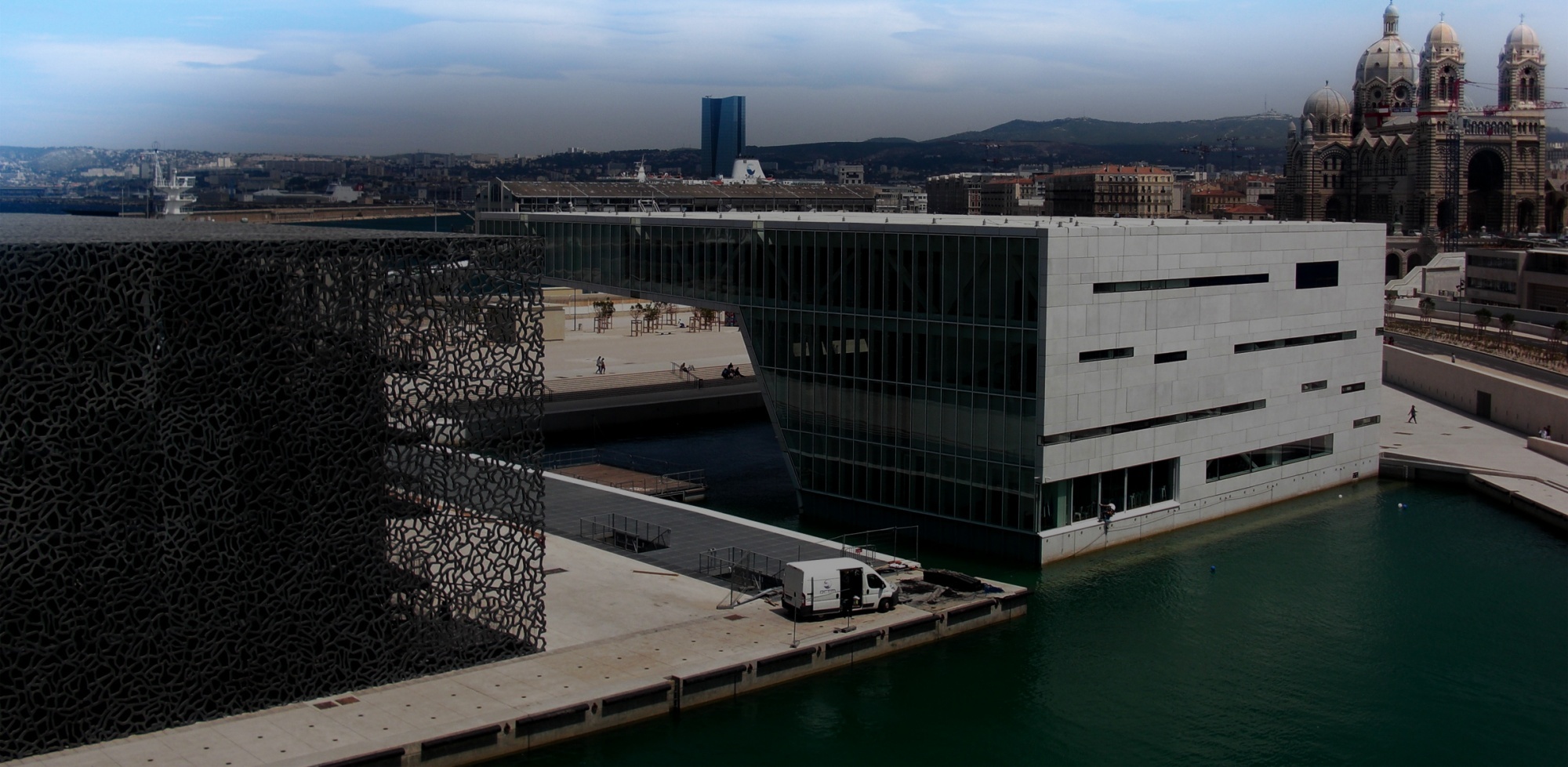8 octobre 2025
- Modélisation thermo-hydraulique diphasique d’un écoulement stagnant confiné pour la prédiction du flux critique / Soutenance de thèse Adrien Fayet
Doctorant : Adrien FAYET
Date et lieu : mercredi 8 octobre 2025 à 14h00, amphi n°3, Centrale Méditerranée - M2P2 - 38 Rue Frédéric Joliot Curie, 13013 Marseille
Résumé : Les capsules d’irradiation sont des dispositifs expérimentaux utilisés pour l’étude des matériaux et des combustibles sous irradiation neutronique (effets à long terme, scénarios accidentels ou encore production d’isotopes médicaux). Contrairement aux dispositifs en boucle équipés de pompes, le refroidissement des capsules d’irradiations repose sur la convection naturelle. La chaleur dégagée par l’échantillon combustible est transférée à l’eau environnante, et peut provoquer l’apparition de bulles lorsque le seuil d’ébullition nucléée est atteint. Si le flux critique thermique (Critical Heat Flux, CHF) est dépassé, une transition instantanée vers l’ébullition en film se produit, entraînant une surchauffe soudaine du combustible et des dommages potentiels. La prédiction du CHF est essentielle pour la sûreté et la conception du dispositif, mais demeure complexe car ce phénomène dépend de nombreux paramètres. Bien que l’approche expérimentale doit être privilégiée pour estimer le CHF, le manque de données disponibles pour ce type de dispositif suggère l’usage d’approches numériques.
Cette thèse vise à étudier les capacités de trois outils numériques pour l’estimation du CHF dans la capsule d’irradiation FUICA (FUel Irradiation CApsule). En l'absence de données expérimentales pour la FUICA, ces approches sont évaluées à l’aide de données issues de la capsule Pressurized Water Capsule (PWC), similaire en conception et en fonctionnement à la FUICA.
Dans un premier temps, le code système CATHARE (référence pour les analyses de sûreté) est évalué. Bien que l’écoulement en convection naturelle soit correctement reproduit, le CHF est mal estimé en raison d’une corrélation empirique inadaptée à cette configuration spécifique. L’absence de données expérimentales et de corrélations pour ce type d’écoulement dans la littérature empêche la modification directe de cette corrélation.
Une approche mécaniste est ainsi adoptée avec le code NEPTUNE_CFD. Celui-ci est d’abord validé quant à la reproduction de la convection naturelle monophasique avant d’être évalué pour la prédiction du CHF sur la capsule PWC. Bien que des difficultés apparaissent initialement dans la prédiction de la crise d’ébullition, l’utilisation de modèles avancés d’ébullition et de transfert de chaleur interfacial améliore les performances et permet une estimation raisonnable du CHF pour plusieurs géométries à haute pression. NEPTUNE_CFD présente cependant des difficultés lorsque les puissances sont trop élevées. Toutefois, ces simulations requièrent des ressources de calcul importantes, limitant fortement l’utilisation de NEPTUNE_CFD pour ce type de configuration.
Face aux limites des outils existants, un code 1.5D (CLARISSE) est développé spécifiquement pour la prédiction du CHF pour les capsules d’irradiation, étant un compromis entre la précision des modèles CFD-RANS et la simplicité des codes système. Un modèle à quatre équations est résolu explicitement en faisant l’hypothèse d’un mélange homogène entre les phases - équilibre thermique et mécanique. Les propriétés du mélange sont basées sur les équations d’état NASG, et le changement de phase est modélisé à l’aide d’un modèle de relaxation. Les termes de fermeture inconnus – comme les frottements visqueux ou les échanges thermiques pariétaux – sont déterminés par un processus de remonté d’échelle à partir de résultats CFD. Les parois sont modélisées et couplées à la résolution fluide. La prédiction du CHF sur les essais PWC donne des résultats prometteurs, comparables à ceux de NEPTUNE_CFD avec un temps de calcul nettement plus faible. Des améliorations restent toutefois nécessaires sur plusieurs aspects de CLARISSE afin d’améliorer sa représentativité et la prédiction du CHF.
Ces trois approches sont finalement utilisées pour estimer le CHF dans la capsule FUICA. Cette approche multi-échelle montre des résultats prometteurs, ouvrant la voie au développement d’outils rapides et fiables dédiés à des applications spécifiques.
Mots clés : Capsule d'Irradiation, Flux Critique Thermique, Convection Naturelle, Computational Fluid Dynamics, Ébullition nucléée
Jury :
Benjamin DURET Université de Rouen Normandie Rapporteur
Sébastien TANGUY Institut de Mécanique des Fluides de Toulouse Rapporteur
Catherine COLIN Institut de Mécanique des Fluides de Toulouse Présidente
Nathalie SEILER CEA Cadarache & Université Grenoble Alpes Examinatrice
Stéphane MIMOUNI EDF R&D & Université Gustave Eiffel Examinateur
Pierre BOIVIN M2P2, Aix-Marseille Université Directeur de thèse
Fabrice FRANCOIS CEA Cadarache & Université Grenoble Alpes Invité
Jorge PEREZ-MANES CEA Cadarache Invité
